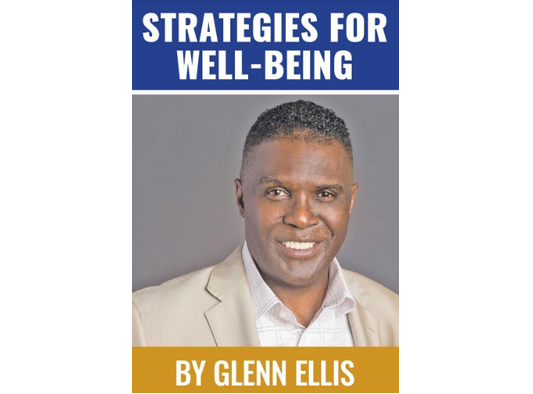By Glenn Ellis
What is it about this COVID-19 that makes it so deadly? What does it do to the body that is more of a threat than the flu, HIV/AIDS, or any of the other things that can kill us? I mean, we don’t shut down the whole country for those things, do we? Why COVID-19? What is it that it does to your body? Many people across this country are asking these questions.
You would think that with the trillions of dollars spent every year on health care in this country, we would have the scientific/medial smarts and the technology to deal with ‘Rona, or any other threat to our national health. Instead, we find ourselves, as a nation, looking like the Keystone Cops! Every day, it seems like the information changes; and most times it contradicts what was said the day before, with authority and confidence.
It would only seem natural that for many of us, we can only compare this current crisis to those things that we have a point of reference. We remember the HIV/AIDS epidemic killed millions of people, but no “shut-down”.
Same with Ebola; H1N1; Swine Flu; Severe acute respiratory syndrome (SARS); Middle East Respiratory Syndrome (MERS), and others. All, actually, more deadly, than COVID-19, but the difference is that with the others, if you are infected, it is obvious. This allowed for an easier identification of those who were infected, and a much better outcome with isolations.
With COVID-19, as we now know, an individual can walk around as carrier long before they show symptoms, infecting family, friends, and co-workers along the way. This means, by the time a person actually gets medical care, they are already so sick that little can be done to save them. Which is why, at the point, in the absence of a proven treatment, the only hope (should you get sick enough) is a ventilator.
I guess this as good a place as any to offer some insight into why you don’t want this virus to get inside your body.
There are two major ways that the virus is thought to spread: from person to person through respiratory droplets when an infected person coughs or sneezes, and from contact with contaminated surfaces, where the virus can survive for hours to days at a time. Bottom line: COIVID-19 wants to get into your respiratory system.
We’ve all seen those little ‘spike-like” things on the ball that is the image shown to us about what the virus looks like. Once, inside, those spikes begin to “hijack” the cells, and virus does the only thing that viruses know to do: make more viruses, which in turn looks for more cells to “hijack.”
All the virus needs to do is get a little of its own genetic material inside the cell that is pierced by the “spikes”. After the virus gets what it wants, the cell dies, and virus moves on. The inflammation of the lungs triggers the body’s immune response, that in spite of its best intentions, can often over-react; particularly when encountering an opponent it has never seen before. In fact, it doesn’t even slightly resemble anything it’s seen before. This runaway response can cause more damage to the body’s own cells than to the virus it’s trying to defeat. Many epidemiologists believe that this is the main reason for why the conditions of young, otherwise healthy people can rapidly deteriorate, and sometime end in death.
The poor, damaged lungs are filled with fluid, causing a dry cough and making breathing difficult.
For 80-85 percent of people infected by COVID-19, these symptoms will run their course much as they would with a case of the flu.
The Associated Press reports that upwards of 80 percent of ventilator COVID-19 patients do not survive. They call it “life support” for a reason. To be put on a ventilator meant you were sick enough to die to begin with. Often overlooked is ventilator induced damage; resulting from the pressure required to oxygenate the body through sick lungs. Some of these patients have significant lung fibrosis (scarring of the lungs and reduced lung function). This might be a short-term part of their recovery or it could be long-term.
So, here you have a dying person, put on a ventilator for oxygen to prevent organ failure via a mechanical source that will, just by how the machine works, can further damage the weakened lungs. Not much as a recipe for a happy ending, is it?
I should mention that the fluid in the lungs is, itself, filled with the waste material of the dead cell that fell victim to the virus. This is now being circulated throughout the body, carrying the oxygen provided by the ventilator to throughout the body. The blood now enriched in the protein from the cell debris in the lungs can in severe cases lead to sepsis.
As you can see, COVID-19 is no joke. It is something that if there is any way possible, not to get it – don’t.
Thankfully, COVID-19 isn’t a death sentence for most people who become infected, but the symptoms described above are not pleasant. Until a vaccine is developed, the best defense is avoiding infection altogether through frequent, thorough hand washing, and physical distancing as recommended.
Glenn Ellis, is a Harvard Medical School Research Bioethics Fellow and author of Which Doctor?, and Information is the Best Medicine. For more good health information visit: www.glennellis.com.




